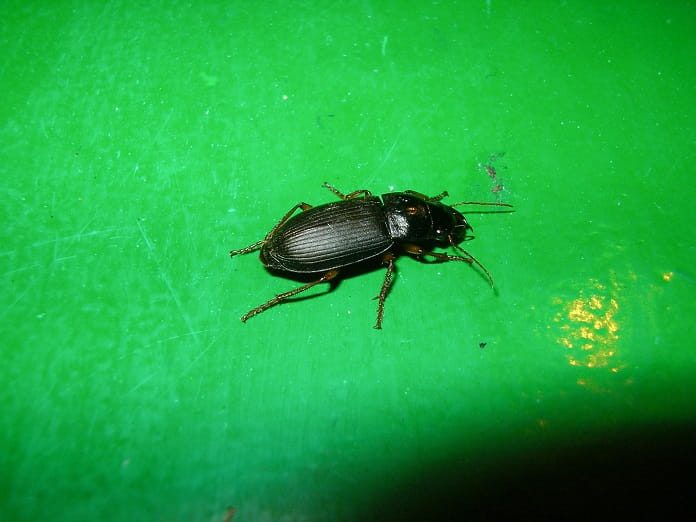New research looks into the nutritional profile of a more environmentally sustainable meat alternative.
Most of the population enjoys traditional meat products such as chicken, fish, or beef, and makes them a regular part of their diet. Unfortunately, the meat industry is associated with negative environmental impacts as well as prominent ethical issues. Raising animals for food accounts for about 91 percent of the destruction of the Amazon rainforest uses 45 percent of total earth land, and uses one-third of the total freshwater.
To find more environmentally sustainable sources of animal protein, research has looked into the nutritional profile of edible insects. Recent studies have shown that crickets, in particular, contain about 65% protein by mass, and are a source of complete protein, which means they have all nine essential amino acids. They also are a good source of polyunsaturated fat, fibre, vitamins, and minerals. To add to current research, an Italian study published in Frontiers in Nutrition examined the antioxidant content of different types of edible insects. This study is the first to do so.
Researchers examined a range of well-known and available edible invertebrates and insects. Wings and other inedible portions were discarded, and the specimens were ground, and divided into fat and water-soluble extracts. The researchers tested both extracts for their antioxidant activity and content and compared them to the antioxidant capacities of fresh orange juice and olive oil, which show antioxidant activity in humans.
Water-soluble extracts from the grasshopper, silkworm, and cricket showed the highest antioxidant capacities out of all the specimens, whereas the water-soluble extracts from the giant cicada, giant water bug, black tarantula, and black scorpion had very low antioxidant capacity. Herbivorous insects had the highest antioxidant capacities of the specimens. Grasshoppers, crickets, and silkworms appeared to have about 75% of the antioxidant capacity of orange juice.
Furthermore, fat extracts from silkworms and giant cicadas displayed twice the antioxidant activity of olive oil. All insects examined showed a relatively low polyphenol content in comparison to orange juice and olive oil, so the antioxidants in the insects are other, potentially unknown, antioxidants.
This analysis reveals impressive antioxidant activity of some insects, such as silkworms and grasshoppers. More research is needed to determine what these antioxidants are, as well as their bioavailability in humans. For now, edible insects could potentially be a promising, eco-friendly meat alternative to those who do not want to give up animal products entirely.
Written by Avery Bisbee
References:
Agriculture -Save the Rainforest. (n.d.). Retrieved July 15, 2019, from https://rainforestfoundation.org/agriculture/
Doll, M. (2018, January 04). Five Reasons To Eat Crickets. Retrieved July 15, 2019, from https://www.huffpost.com/entry/five-reasons-to-eat-crick_b_13939920
Mattia, C. D., Battista, N., Sacchetti, G., & Serafini, M. (2019). Antioxidant Activities in vitro of Water and Liposoluble Extracts Obtained by Different Species of Edible Insects and Invertebrates. Frontiers in Nutrition,6(106). doi:10.3389/fnut.2019.00106
Meet the six-legged superfoods: Grasshoppers top insect antioxidant-rich list. (2019, July 15). Retrieved July 15, 2019, from https://www.eurekalert.org/pub_releases/2019-07/f-mts071219.php



